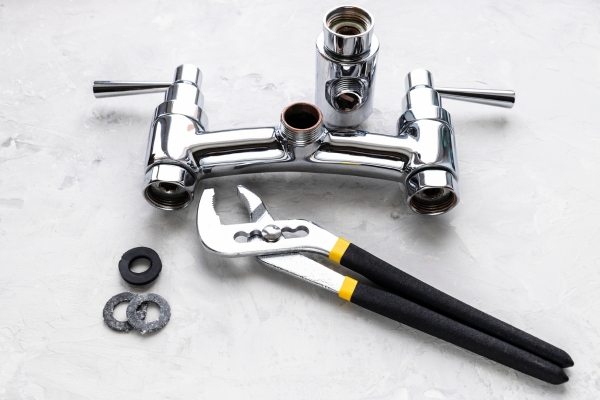Dealing with a faucet that won’t turn off can be a frustrating experience, but understanding how to fix a faucet that won’t turn off can save you time, money, and the annoyance of constant dripping. Whether it’s due to a worn-out washer, a faulty cartridge, or another issue, addressing this problem promptly is crucial to prevent water waste and potential damage. In this guide, we’ll provide clear, step instructions on how to fix faucets that won’t turn off, helping you restore your faucet’s functionality and peace of mind.
Why is my faucet not turning off completely?
A faucet that won’t turn off is often due to worn-out washers, damaged cartridges, or faulty O-rings. These components can degrade over time, preventing the tube from sealing properly. Issues with the tube handle or internal mechanisms can also contribute to the problem.
How can I determine the type of faucet I have?
To identify your faucets type, examine the handle and operation. Compression tube typically have separate hot and cold handles and require turning to open or close. Ball tube has a single lever and a ball mechanism inside. Ceramic disk tubes also use a single lever but with ceramic disks, while cartridge tubes operate with a cartridge that controls flow and temperature.
Step-by-Step Guide
Step 1: Identify the Type of Faucets

Begin by determining whether you have a compression, ball, ceramic disk, or cartridge tube. Each type has its own internal mechanics and requires different repair techniques.
Step 2: Gather Your Tools and Materials

Before starting, ensure you have all necessary tools and replacement parts ready. Common tools include an adjustable wrench, screwdrivers, and plumber’s grease. Depending on your Clean Brass Faucets type, you may need specific parts like washers or cartridges.
Step 3: Turn Off the Water Supply

Locate and turn off the shutoff valves under the sink by turning them clockwise. If these valves are not accessible, you’ll need to shut off the main water supply to your home. This steps are crucial to prevent water flow and reduce the risk of flooding while you work.
Step 4: Plug the Drain

Prevent small parts from falling into the drain by using a sink stopper or a rag. This simple step keeps all components within reach and avoids unnecessary complications during the repair process.
Step 5: Disassemble the Faucets

Carefully take apart the faucet according to its type. For compression faucets, remove the handle and stem assembly. The ball tube, take out the handle and the ball assembly. For ceramic disk faucets, unscrew and lift out the disk cylinder. Cartridge tube requires you to pull out the cartridge. Keep track of all parts as you disassemble them.
Step 6: Reassemble the Faucet

Once you’ve replaced any worn or damaged parts, carefully reassemble the tube. Follow the disassembly steps in reverse, ensuring all components are securely fitted and correctly aligned. Be cautious not to overtighten, which could damage the tube.
Step 7: Turn On the Water Supply

With the faucet reassembled, turn the water supply back on by opening the shutoff valves or the main water valve. Check for leaks around the tube to ensure the repair was successful and that all connections are secure.
Step 8: Test the Faucet

Finally, turn the tube on and off several times to test its operation. Verify that it now shuts off completely without any drips. This step confirms that your repair was effective and that the faucet is functioning properly. If the problem persists, it may be worth consulting a professional plumber to address any underlying issues.
Conclusion
A faucet that won’t turn off is a common issue that can usually be fixed with some basic tools and a little bit of know-how. By identifying the type of tube and following these steps, you can resolve the problem efficiently and restore normal function to your sink. If the issue persists despite your best efforts, it might be time to call a professional plumber to ensure there’s no underlying problem with your plumbing system.


